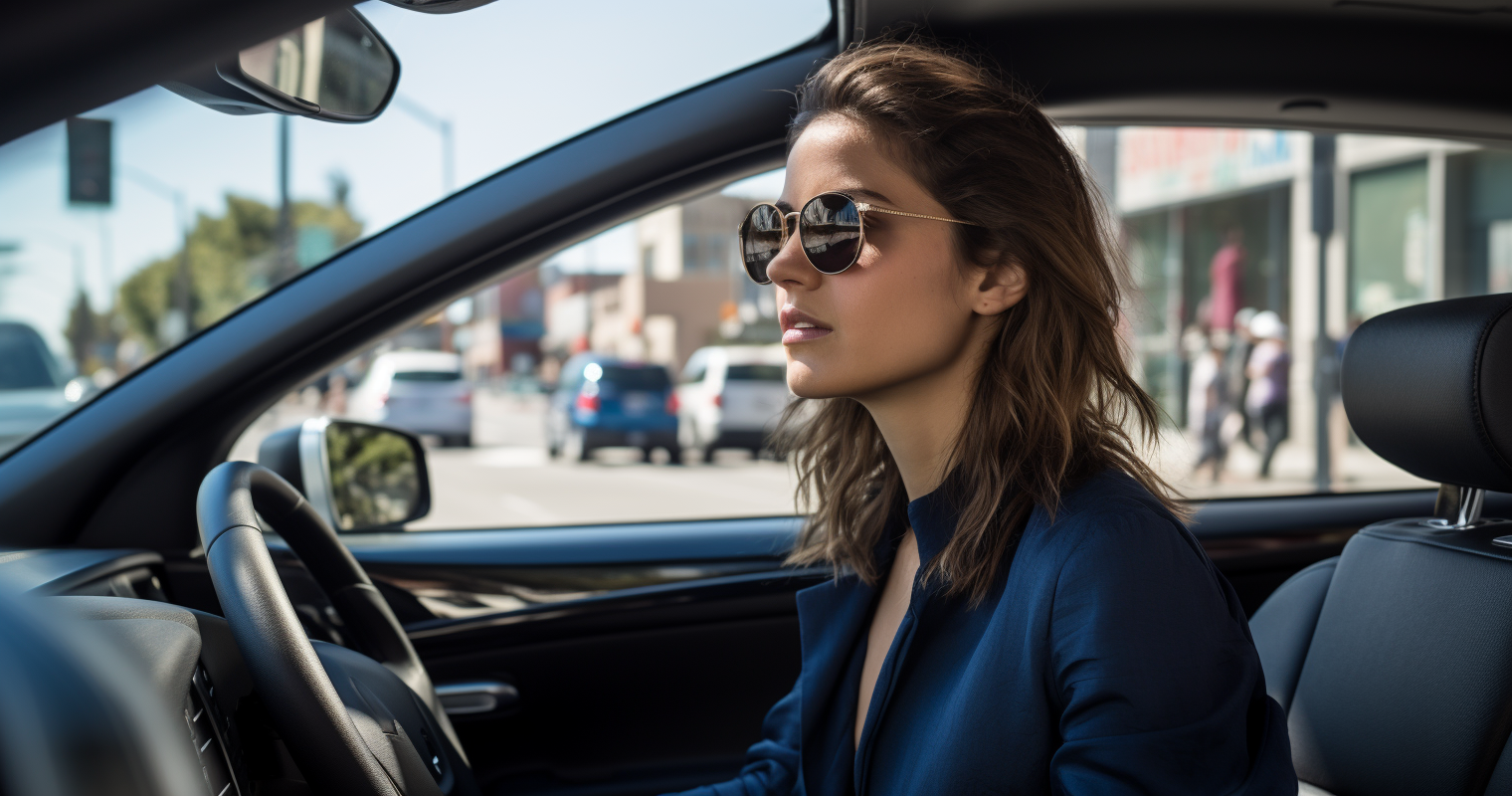Bulgaria is a beautiful country with a lot of history and culture to offer. If you are planning to drive in Bulgaria, there are some things you should know to ensure a safe and enjoyable journey. In this article, we will discuss road safety in Bulgaria, the quality of roads, local driving standards, equipment required in your car, what to do in the event of an accident, driving rules, road signs, traffic lights, and parking rules.
Road Safety in Bulgaria
Road safety is a major concern in Bulgaria, and the country has one of the highest rates of road fatalities in the European Union. One of the main reasons for this is the poor quality of roads, particularly in rural areas. Bulgarian drivers can also be unpredictable and aggressive, so it is important to drive defensively and be aware of your surroundings at all times.
Quality of roads and local driving standards in Bulgaria
The quality of roads in Bulgaria can vary greatly depending on the region you are in. Major cities and highways tend to have well-maintained roads, while rural areas may have potholes and other hazards. Drivers in Bulgaria tend to be aggressive and impatient, particularly in larger cities like Sofia and Plovdiv. It is important to stay alert and drive defensively to avoid accidents.
Equipment required in your car
When driving in Bulgaria, there are several pieces of equipment you are legally required to carry in your car, including:
- A first-aid kit
- A fire extinguisher
- A warning triangle
- A reflective jacket
What to do in the event of an accident
If you are involved in a road accident in Bulgaria, you are legally required to stop and report the accident to the police. It is also recommended that you take photos of the accident scene and exchange contact and insurance information with the other driver.
Driving rules in Bulgaria
When driving in Bulgaria, you must drive on the right-hand side of the road. The speed limit in urban areas is generally 50 km/h, while highways have a speed limit of 130 km/h. It is important to always wear your seatbelt, as it is mandatory for both drivers and passengers.
In Bulgaria, the driver of the vehicle on the right has the right of way, except in cases where traffic lights or road signs indicate otherwise. Pedestrians always have the right of way, and drivers must yield to them when they are crossing the road.
Road Signs and Traffic Lights in Bulgaria
Road signs in Bulgaria are similar to those in other European countries, with some minor differences. The most important signs to be aware of include:
- Stop signs: These are red octagonal signs with the word “STOP” in white letters. Drivers must come to a complete stop at these signs and yield to other vehicles and pedestrians before proceeding.
- Yield signs: These are triangular signs with a red border and a white background. They indicate that drivers must yield to other vehicles or pedestrians before proceeding.
- Speed limit signs: These signs indicate the maximum speed limit for a given area or road.
Traffic lights in Bulgaria follow the same sequence as those in other European countries, with green indicating “go”, yellow indicating “slow down”, and red indicating “stop”. It is important to note that turning right on a red light is not allowed in Bulgaria, unless a sign indicates otherwise.
Parking Rules in Bulgaria
Parking in Bulgaria can be a bit challenging, especially in the larger cities, where the parking spaces are limited. In some areas, it may be necessary to park in designated parking garages or lots. Here are some important rules to keep in mind when it comes to parking in Bulgaria:
- On-street parking is often restricted to residents or permit holders only, so it’s important to check for signs indicating this before parking.
- In some areas, there may be designated parking zones with different time limits and fees. Make sure to pay attention to the signs indicating the rules and regulations for each zone.
- Parking on the sidewalk or in bike lanes is prohibited and can result in a fine.
- Blue lines on the road indicate paid parking areas. Drivers can pay for parking at designated machines or via a mobile app.
- White lines on the road indicate free parking areas, but make sure to check for signs indicating any restrictions.
- Parking in front of entrances to buildings or in front of fire hydrants is prohibited and can result in a fine.
- Some areas offer disabled parking spaces, which are reserved for those with disabilities. Make sure to display a valid disabled parking permit when using these spaces.
Conclusion
Driving in Bulgaria can be an enjoyable experience, but it’s important to be aware of the rules and regulations before hitting the road. By following the guidelines outlined above, you can stay safe, avoid fines, and make the most of your time on the road. Remember to always wear your seatbelt, obey the speed limit, and drive defensively. Safe travels!

